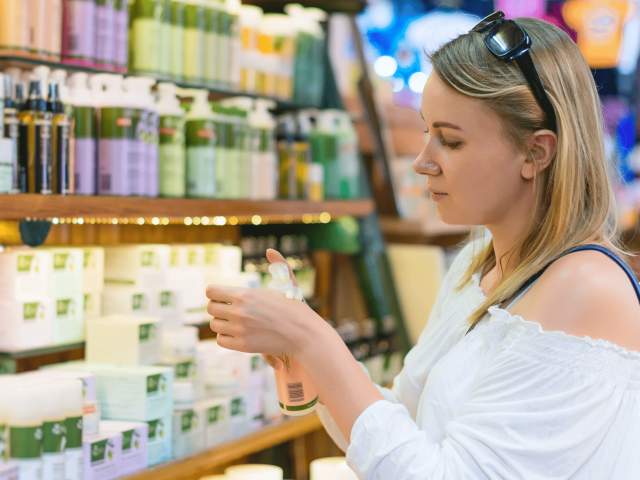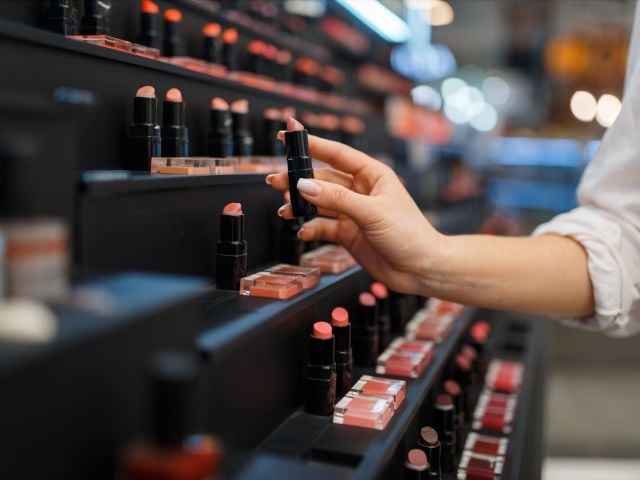WASHINGTON – The National Academies of Sciences, Engineering, and Medicine in a new report is urging the Environmental Protection Agency to assess the aquatic ecological risks from ultraviolet, or UV, filters and any new ingredients approved for sunscreens.
The National Academies included the recommendation in its report released yesterday, which also calls for evaluating how mixtures of chemicals used in sunscreens might potentially cause harm to aquatic and marine environments.
While the report focuses on how sunscreens could affect aquatic environments, it also touches on the implications of sunscreen use for human health. The Environmental Working Group has long warned how many sunscreens may contain harmful ingredients and offer inferior sun protection, including those claiming stronger UV protection.
“This new National Academies report calls attention to the dearth of research into how sunscreens affect the environment and human health,” said David Andrews, Ph.D., a senior scientist at EWG. “The Food and Drug Administration has proposed that 12 sunscreen ingredients do not have adequate testing to consider them safe for use, and now this new report highlights the inadequate study of the environmental impacts of sunscreens.”
“This report also emphasizes that most of the UV testing has been conducted on people with light skin or with low melanin levels. It’s critical to fill knowledge gaps of how harmful UV radiation affects all skin and the entire population,” Andrews said.
The National Academies report also recommends that the EPA partner with other agencies, like the FDA and the Centers for Disease Control and Prevention, to assess the epidemiological risks and toxicity of these UV filters used in sunscreens.
In a public briefing on the report Tuesday, National Academies members also recommended studying endocrine disruption in the urgent ecological risk assessment.
More questions than answers
As highlighted by the National Academies’ report, there are important data gaps on how UV filters affect threatened and endangered species. The effects of these chemicals may also change depending on whether they enter a fresh water or marine environment. Elevated temperatures can exacerbate the toxicity of chemical contaminants, like UV filters, with a recent study finding oxybenzone could worsen coral bleaching.
Much of the information that will be used in an ecological risk assessment will come from toxicity evaluations conducted by sunscreen formulators and UV filter manufacturers.
“In addition to working with other federal agencies, the EPA will need to partner with sunscreen formulators and UV filter manufacturers to access toxicity testing and bioaccumulation studies,” said Melanie Benesh, EWG’s vice president of government affairs. “Sunscreen companies have moved at a glacial pace in providing the FDA with missing data for these UV filters. The sunscreen industry will need to be cajoled into playing a role in any new assessment of the environmental risks for these chemicals.”
One-third of people regularly use sunscreen
People need to protect their skin and reduce exposure to harmful UV radiation with sunscreen and other physical barriers, such as clothing or umbrellas.
A review of behavioral studies found that when people are buying sunscreen, the most important elements are availability, affordability and the way it feels on the skin.
Consumers also pay attention to whether a particular SPF product was recommended by a dermatologist or by EWG through its annual Guide to Sunscreens.
“Despite EWG’s best efforts to educate consumers, this report finds that only one third of the U.S. population regularly uses sunscreen,” said Emily Spilman, a science analyst with EWG’s Healthy Living Science team. “While more work needs to be done, this National Academies report supports much of the sun protection advice that EWG has provided to consumers for almost two decades.”
Sunscreen is only one tool in the sun safety toolbox – it can help protect the skin from sun damage but should never be a person’s only line of defense. Proper sun protection also includes protective clothing, like a lightweight, long-sleeved shirt, a wide-brimmed hat, sunglasses with UV protection, and shade.
Sun safety tips
- Avoid products with oxybenzone, which is absorbed through the skin in large amounts and can affect hormone levels.
- Stay away from vitamin A in sunscreens. Government studies link the use of retinyl palmitate, a form of vitamin A, to the formation of skin tumors and lesions when it’s applied to sun-exposed skin.
- Steer clear of sunscreens with SPF values above 50+, which may not give increased UVA protection and can fool people into thinking they’re safe from sun damage.
- Avoid intense sun exposure during peak hours for sun exposure, between 10 a.m. and 4 p.m.
- Avoid sprays. To reduce inhalation risk, avoid potentially inadequate protection and minimize potential benzene exposure, choose a lotion instead of a spray. These popular products make it difficult to apply an adequate and even coating on skin, especially in windy conditions. If you must use a pump or spray, apply it to your hands first, then wipe on your skin or your child’s to ensure uniform sun protection.
Shoppers on the go can download EWG’s Healthy Living App to get ratings and safety information on sunscreens and other personal care products.
Consumers also can visit the Skin Deep® database. EWG’s sunscreen label decoder can also help consumers looking for safer sunscreens.
###
The Environmental Working Group is a nonprofit, non-partisan organization that empowers people to live healthier lives in a healthier environment. Through research, advocacy and unique education tools, EWG drives consumer choice and civic action.



